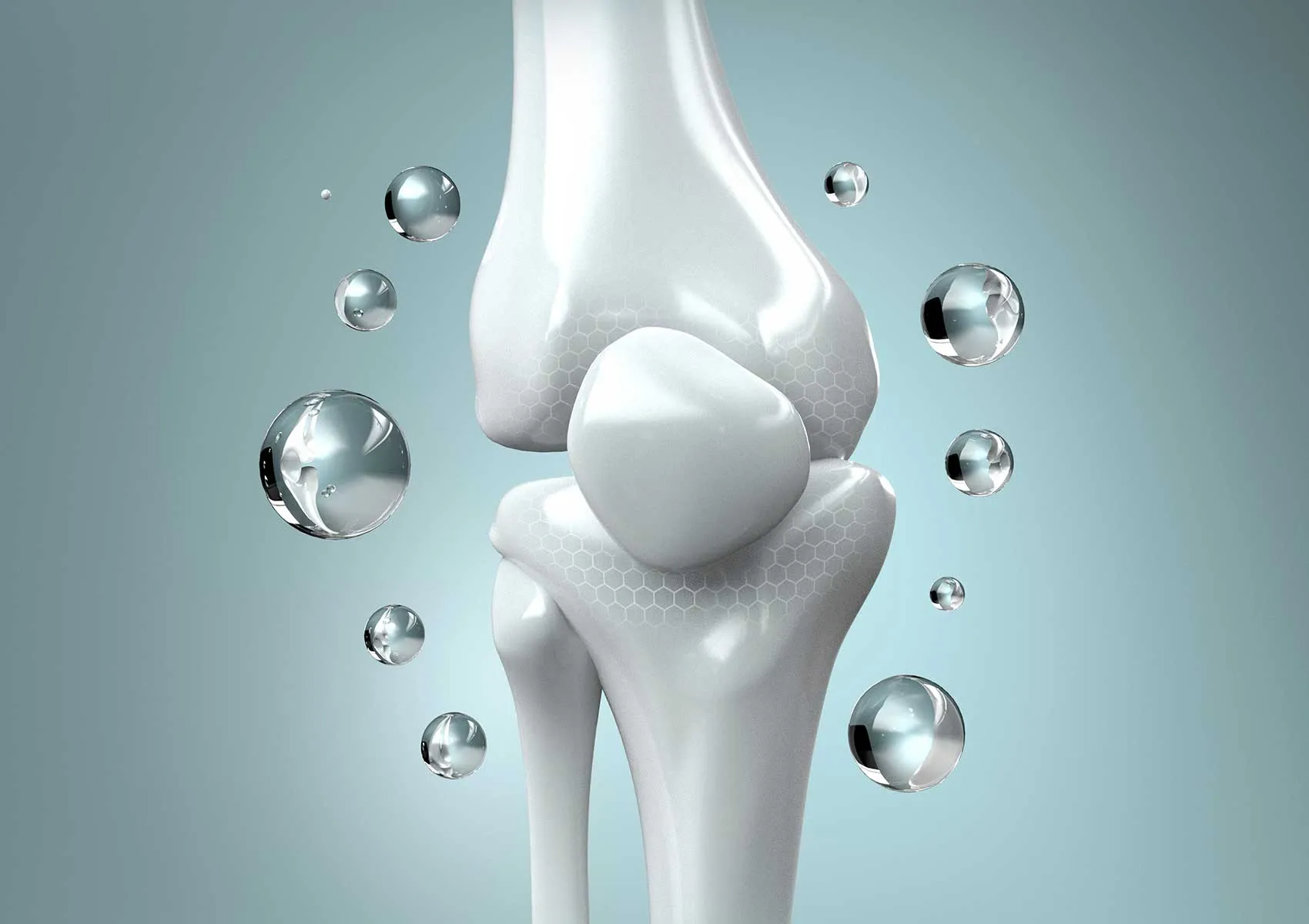Is Arthroscopic Cartilage Debridement Effective?
Can a "Clean-Up" Inside the Knee Actually Relieve Pain?
Cartilage damage in the knee joint is a common cause of pain, stiffness, and functional limitation. In cases such as meniscal tears, joint trauma, or early-stage osteoarthritis, the cartilage surface can become irregular or fragmented, leading to mechanical irritation and inflammation. One surgical method often used in these situations is arthroscopic cartilage debridement—a minimally invasive procedure to "clean" the inside of the knee joint.
But does this procedure truly work? Who is most likely to benefit from it, and who should avoid it? What does the scientific literature say? In this article, we take an in-depth, evidence-based look at the role and effectiveness of arthroscopic cartilage debridement in knee joint care.
What Is Cartilage Debridement?
Arthroscopic debridement involves the use of a tiny camera and surgical instruments inserted into the knee through small incisions. The goal is to remove loose cartilage fragments, smooth rough surfaces, and clean out debris floating in the joint space.
Debridement may be performed alone or in combination with other procedures such as meniscal repair, microfracture, or synovectomy. The primary aim is to reduce mechanical symptoms and pain—not to regenerate cartilage.
Which Patients May Benefit?
Debridement is not suitable for everyone with cartilage damage. It is typically most beneficial for:
- Patients with early-stage osteoarthritis (Grade I–II)
- Individuals with mechanical symptoms such as catching, locking, or clicking
- Cases involving loose bodies in the joint after trauma
- Meniscal tears that generate debris requiring joint cleanup
- Patients who have not improved with conservative treatments (e.g., physical therapy, medications)
In patients with advanced osteoarthritis (Grade III–IV) and joint space narrowing, debridement is less likely to be effective, and total knee replacement may be a more suitable option.
How Does It Work?
Damaged cartilage can lead to joint irritation, fluid buildup, and the release of inflammatory agents. By removing damaged tissue and smoothing surfaces:
- Friction and “catching” sensations are reduced
- Joint mechanics improve slightly
- Inflammatory stimuli may decrease
- Patients may experience temporary pain relief and improved mobility
However, it's important to understand that debridement is symptom management, not a cure. It does not regenerate lost cartilage or stop osteoarthritis progression.
What Does the Science Say?
Arthroscopic debridement was long considered a standard approach to knee pain and cartilage damage, but its widespread use has been reevaluated due to more recent research.
- Moseley et al. (NEJM, 2002): A randomized controlled trial showed no significant difference between debridement and placebo surgery in knee osteoarthritis.
- Kirkley et al. (2008): Found that debridement was not superior to physical therapy in improving symptoms in patients with moderate OA.
- AAOS Guidelines (American Academy of Orthopaedic Surgeons): Recommend against routine use of debridement for OA patients without mechanical symptoms.
That said, some selected patients—especially those with mechanical symptoms and minimal radiographic degeneration—may experience short-term symptom relief after debridement.
Potential Benefits
- Minimally invasive, day-surgery procedure
- Low complication risk
- Faster recovery than open surgery
- May provide 6–12 months of relief in select cases
- Does not interfere with future surgical options
Limitations and Considerations
- Not a permanent solution
- Relief is often temporary
- Ineffective in cases of widespread cartilage loss
- May offer little benefit in non-mechanical pain
- Requires lifestyle modification and therapy to sustain results
Who Should Avoid Debridement?
- Patients with end-stage (Grade IV) osteoarthritis
- Individuals with complete joint space loss
- Sedentary patients with high BMI and generalized joint pain
- Those with inflammatory arthritis (e.g., rheumatoid arthritis)
- Patients who lack mechanical symptoms (no catching or locking)
In these cases, alternatives such as joint replacement, PRP injections, or structured physical therapy may offer better outcomes.
FAQ
-
Is cartilage debridement painful?
No. It is performed under anesthesia, and post-op pain is typically mild and manageable.
-
How long does symptom relief last?
Relief may last from 6 to 12 months in selected cases but is not guaranteed.
-
How long is recovery?
Most patients resume daily activities within a few days to a week. Return to sport depends on the extent of intervention.
-
Is it suitable for advanced arthritis?
No. Patients with severe osteoarthritis usually do not benefit and are better candidates for joint replacement.
-
Will I eventually need another surgery?
Possibly. Debridement is a temporizing measure, and many patients may require a future knee replacement as the condition progresses.

